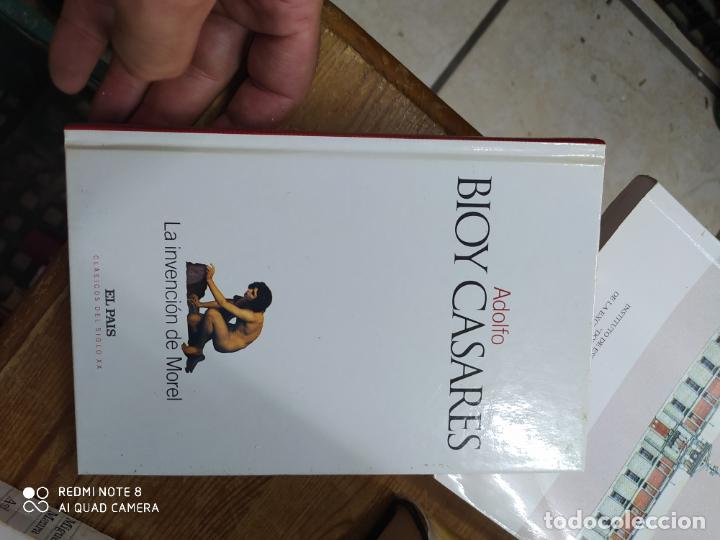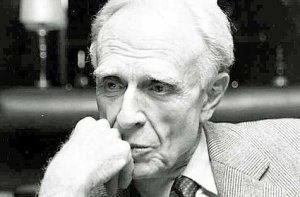

Struggling to understand why everything seems to repeat, the fugitive realizes that the people he sees on the island are nothing more than recordings made with a special machine invented by a scientific genius named Morel this machine is able to project not only three-dimensional images, but also voices and scents, making everything indistinguishable from reality. The fugitive desires to tell her his feelings, but an anomalous phenomenon makes their meeting impossible. A group of travelers arrive, and the fugitive’s fear of being discovered means he must keep his distance from one of the travelers, a woman named Faustine, with whom he falls in love. It tells of a man who, evading justice, escapes to a mysterious island. It has been described variously, as both a stoic love story and a metaphysical mystery.

Late in his career, Bioy won several important awards including the Gran Premio de Honor of SADE (awarded in 1975 by the Argentine Society of Writers), the French Legion of Honor (awarded in 1981), and the Miguel de Cervantes Prize (awarded in 1991).īioy Casares is best known for his 1940 novella, La invención de Morel ( The Invention of Morel). Bioy Casares also collaborated with Borges on the seminal Anthology of Fantastic Literature, as well as a series of satirical sketches and detective stories written under the pseudonym H. Bioy Casares authored short stories as well as novels, including A Plan for Escape (1945), The Dream of Heroes (1954), Diary of the War of the Pig (1969), and Asleep in the Sun (1978), each of which have been translated and published in English. In fact, he is thought by some to be a near equal of his great friend and sometime collaborator Jorge Luis Borges. Today, Adolpho Bioy Casares (1914 – 1999) is considered one of the great authors of the 20th century. The Invention of Morel is not only an oblique homage to the actress, but also a means to preserve, in writing, the memory of a writer’s desire for an elusive star. What I found, remarkably, is that Louise Brooks stands at the heart of one of the most important works of 20th century literature.


Always on the look-out for references to Brooks, my favorite film star, I set to find out more I couldn’t imagine how these two interests could be linked. This excited me, as I had been aware of Bioy Casares and his work through his friendship with Jorge Luis Borges, a favorite author. In a short write-up, a scholar mentioned the Argentine author’s affection for Louise Brooks. Back in 1997 or so, I ran across a tantalizing review of Adolfo Bioy Casares’ memoirs, Memorias: Infancia, adolescencia y como se hace un escrito.


 0 kommentar(er)
0 kommentar(er)
